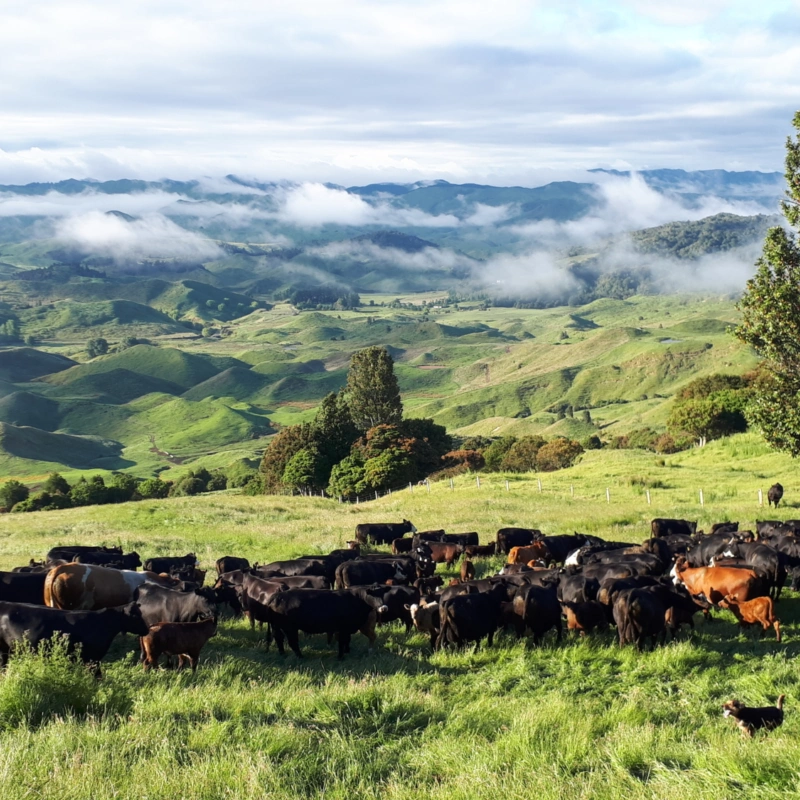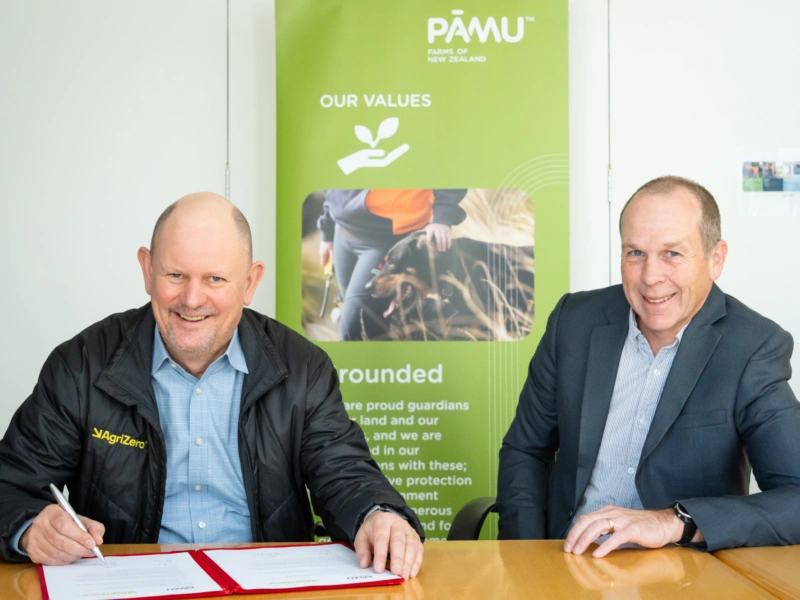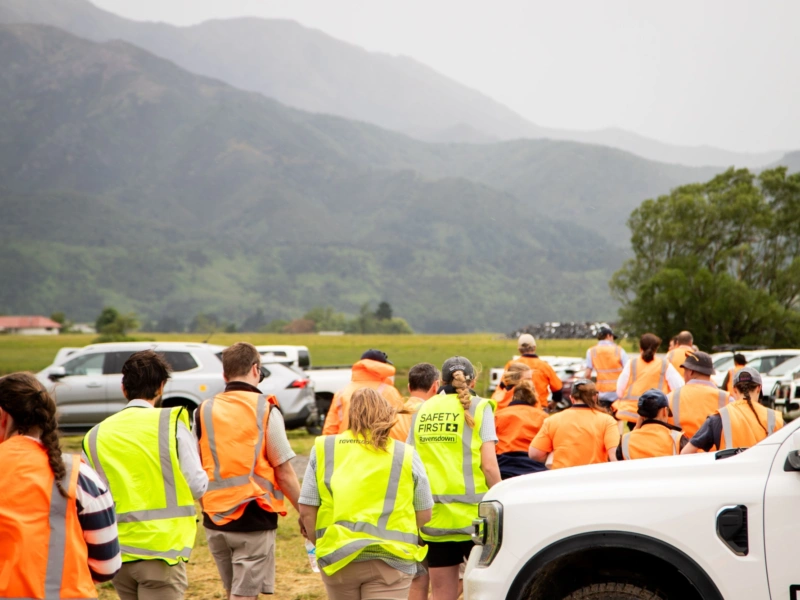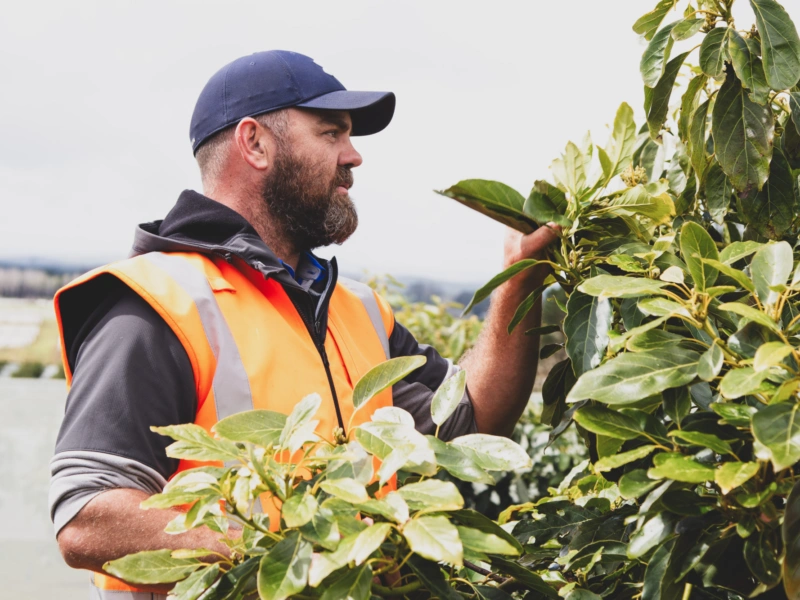FY25 financial highlights
- $15 million dividend (to be paid in FY26)
- Net Operating Profit (NOP) of $49 million for the 12 months to 30 June 2025, up 145%*
- Net Profit after Tax of $120 million for the year ended 30 June 2025, up 561.5% which includes fair value gain on animals and forestry (biological assets) of $96 million in FY25
- 7.3% Return on Equity up from -1.4% in FY24
- Income of $348 million, up 23.4%
- Livestock revenue of $139 million, $36 million higher than the prior year, reflecting strong commodity pricing and 5% above target and on track to achieve 20% uplift from FY23 baseline in FY26.
- Milk revenue of $152 million is $32 million higher than the prior year due to the higher farmgate price per kg of milk solids, offsetting a decrease in milk production by 1.4% in milk solids due to weather-related challenges, including flooding in the lower South Island and drought, which severely impacted 19 dairy units in the central North Island.
Chief executive commentary
Pāmu Chief Executive Mark Leslie said:
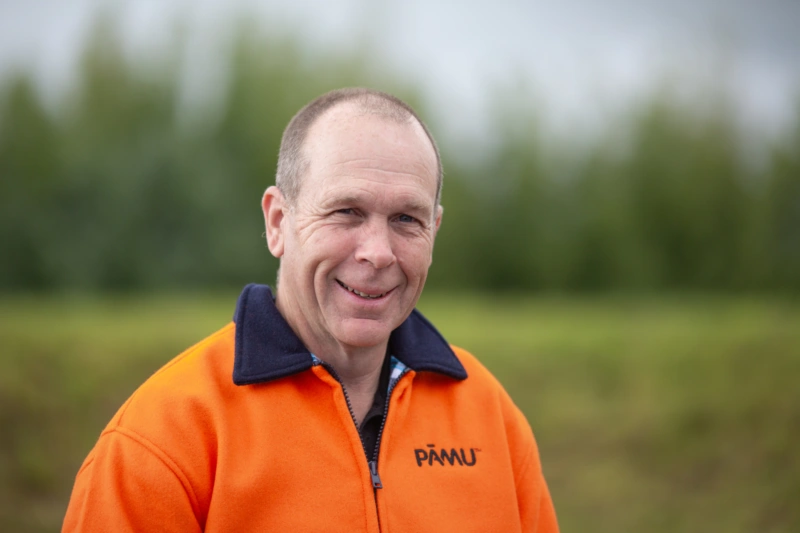
“Pāmu is entering a new chapter, guided by fresh leadership and a back-to-basics focus on core farming and improving efficiency through our regional model. Our record result is a strong signal that the performance reset is delivering tangible value for New Zealand, enabling us to declare a $15 million dividend.
“Our relentless pursuit of farming excellence is driving commercial performance. We’re not just growing animals and grass, we’re growing momentum. Smart farm management and strong global demand supporting high commodity prices have powered this turnaround, even in the face of challenging weather conditions in some regions.
“As a State-Owned Enterprise, we’re proud to build on our legacy with a sharper focus on commercial strength, social responsibility and environmental stewardship.”
Outlook
Pāmu is currently forecasting a full-year Net Operating Profit for the FY26 financial year in the range of $69 million to $79 million. This is a $20 to $30 million increase from the FY25 financial year and compares favourably to the statement of corporate intent target of $61.3 million.
The strong outlook reflects the company’s ongoing commitment to operational excellence and continued strength in dairy and livestock commodity prices. Pāmu is targeting a 5% increase in milk production and an 8.4% rise in red meat production (excluding wool and velvet) year-on-year, while keeping farming operating expenditure growth tightly managed at just 0.7%.
The wide range of the forecast recognises the risks presented by material adverse weather events, volatility in commodity prices, currency and other markets and geopolitical tensions remain.
Pāmu does not forecast NPAT as this is too variable due to the significant impact of stock revaluations.
FY25 non-financial highlights
- Dairy beef: 65.5% calves born on Pāmu dairy units reared for dairy or livestock production, up from 56% in FY24 and above the target of 61%. By FY30, Pāmu is aiming to raise 100% of non-replacement calves.
- 71% six-week in-calf rate. This is above the target of 69% and the industry forecast average of 70%. Supports a strong start to FY26 with year-to-date milk solid production 17% ahead of last year.
- Lambing percentage 134.6%, above industry average forecast of 129%
- Premiums - participation across multiple assurance schemes and premium programmes —including Fonterra Organics, A2, NZ FAP, FAP+, GAP, Synlait Lead with Pride, Te Ara Miraka, and NZ Merino ZQ—generated over $11.2 million in premiums, up $1.2 million from the previous year.
- 81% fit for purpose Farm Environment Plans to meet market assurance and regulatory requirements to gain processor premiums and meet applicable rules/regulations. The aim is 100% of Pāmu managed farms to have Farm Environment Plans by the end of FY27.
- Gross emissions (tCO2e) 582,501 for FY24, down from 649,291 in FY23 (Data captured from all farming and corporate operations. Process and assurance timeframes mean a lag in reporting).
- Nine Pāmu apprentices onboarded and set to complete their first year and be placed on Pāmu farms for year two. There is a strong interest in year two of the scheme, with 104 applications for 10 spots, indicating high demand.
- Four sharemilker/contact milkers transitioned onto Pāmu dairy farms, providing a pathway to ownership for farmers
- 153 staff enrolled in vocational training, 29% of farm staff, above the 25% target, with 65 completions.
- 11,296 hectares of Pāmu land protected by covenants with the QEII Trust Board as of 30 June each year under biodiversity protection programmes initiated in 1991.
*Financial measures
There are several methods for measuring profit and loss. The preferred measurement for Pāmu is Net Operating Profit (NOP). NOP provides a better reflection of company performance, as it excludes the impact of large and often one-off revaluations of assets, such as livestock and farms.
Net Profit After Tax, focuses on the overall financial position and includes revaluations on livestock and farms. Livestock is revalued annually at the end of each financial year, reflecting market prices, which are outside the company's control and therefore not a good indication of performance. Pāmu farms are revalued when the market has materially changed, and the impact can be large and have a significant positive or negative effect on after-tax results.
Full financial commentary is posted on the Treasury website.
Media contact: Kara Tait 021 240 7827
